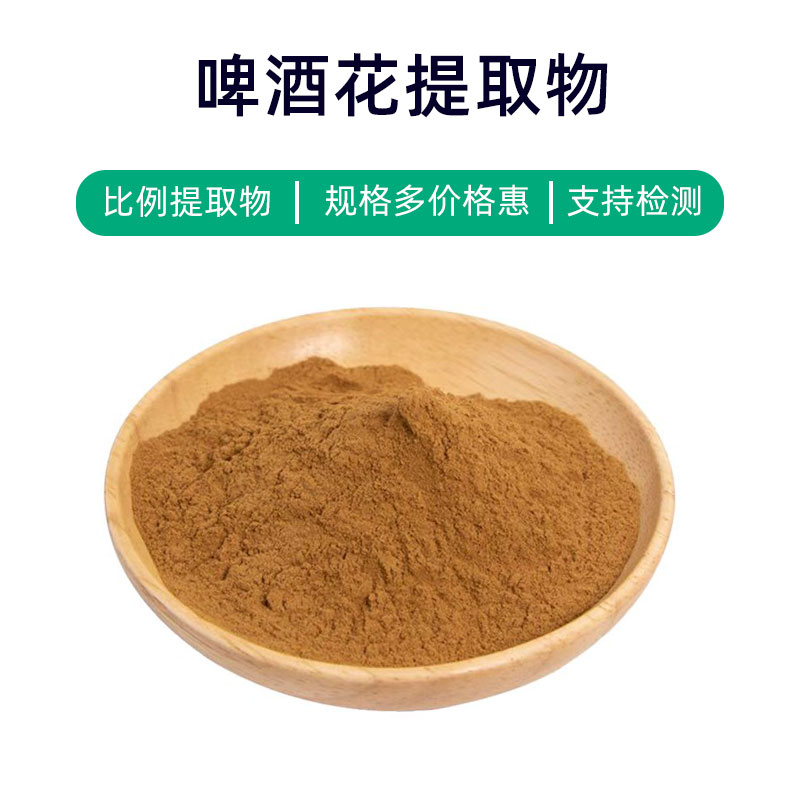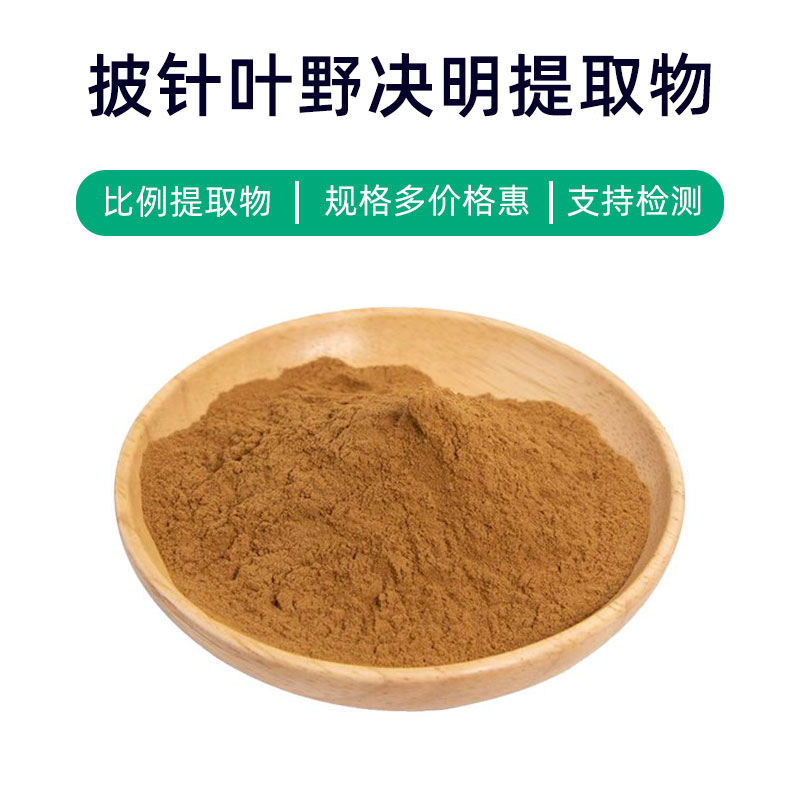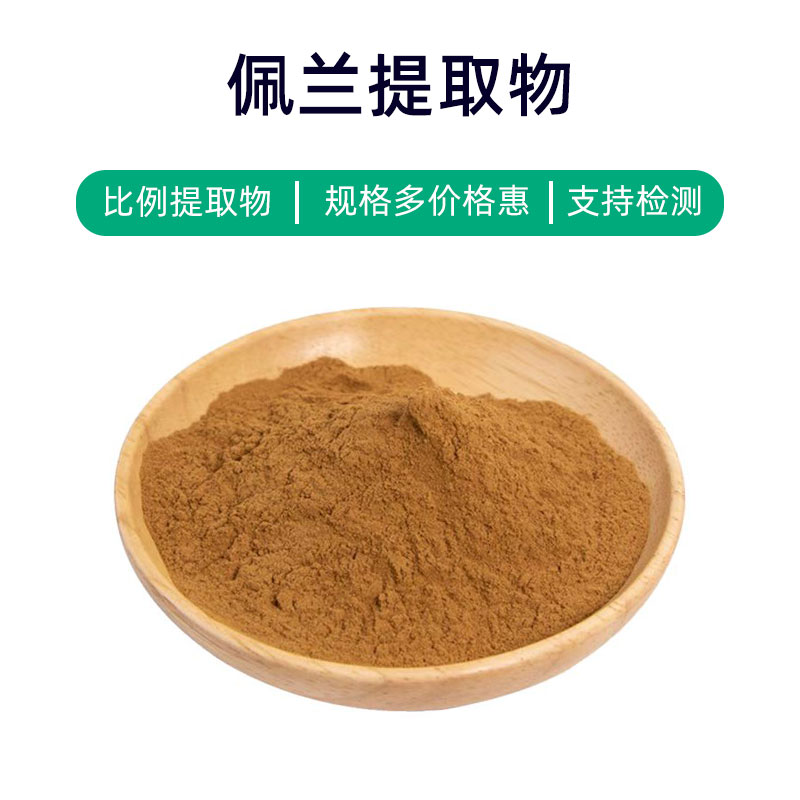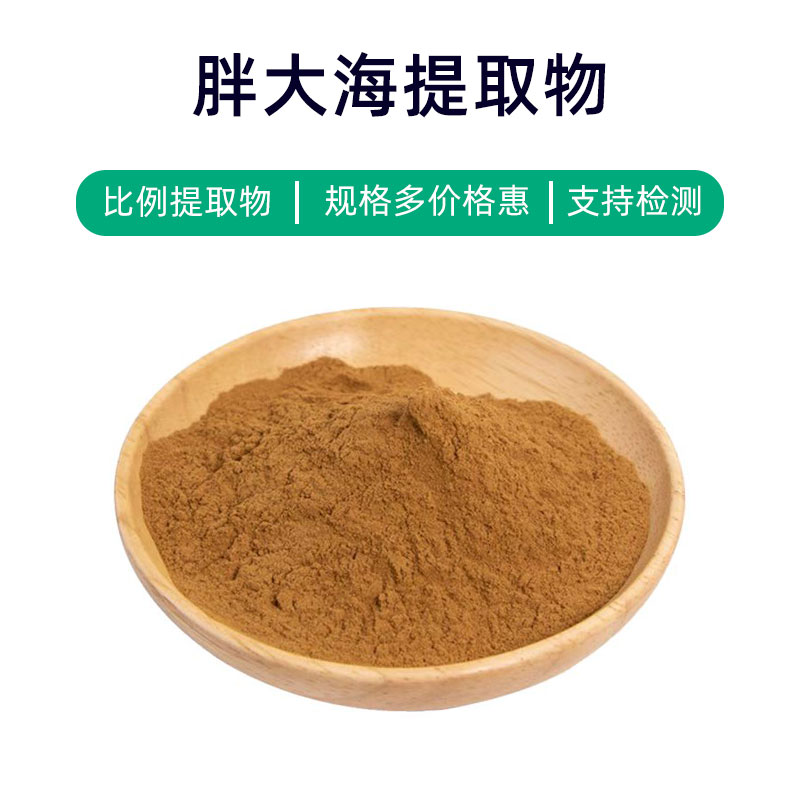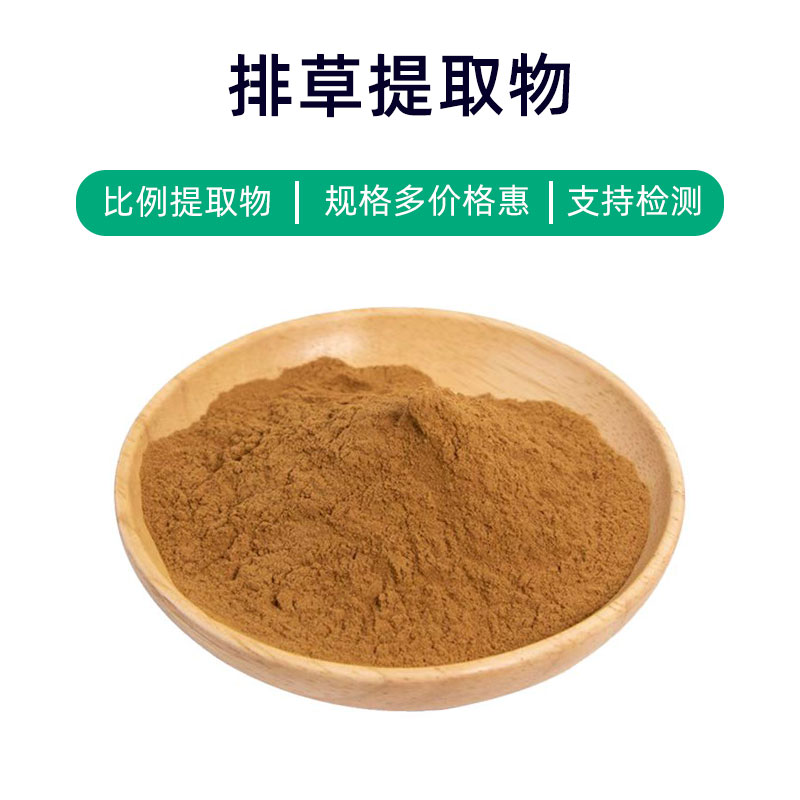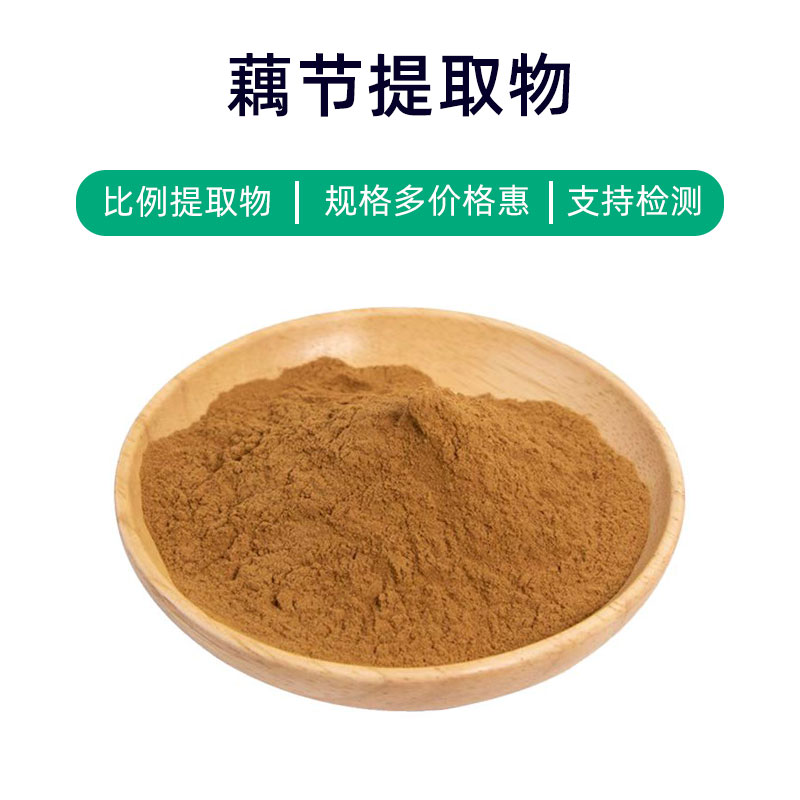Prickly Pear Extract Product Introduction
Prickly pear extract is a natural plant extract derived from the prickly pear cactus, rich in vitamin C, antioxidants, polyphenolic compounds, and dietary fiber. These components provide the extract with multiple benefits and applications.
First, prickly pear extract exhibits excellent antioxidant properties, neutralizing free radicals and slowing down cellular oxidative damage, helping to maintain skin health and combat aging. Its rich vitamin C content promotes collagen synthesis, preserving skin elasticity, reducing wrinkles and fine lines, and making the skin smoother and more refined.
In addition, prickly pear extract also has anti-inflammatory and soothing effects, helping to alleviate skin redness, itching, and discomfort, making it suitable for sensitive and damaged skin. The polyphenolic compounds it contains help protect the skin barrier, inhibit pigmentation, and reduce dark spots, promoting an even skin tone.
In cosmetics, prickly pear extract is commonly used in skincare products, masks, lotions, and serums as an active ingredient for antioxidant, anti-aging, and soothing effects. In health supplements, it can serve as a nutritional supplement or health food ingredient, aimed at boosting immunity, promoting digestion, and maintaining overall health.
In summary, prickly pear extract is a multifunctional natural plant extract with antioxidant, anti-inflammatory, and soothing properties suitable for use in both cosmetics and health products, fulfilling people's needs for health and beauty.
Prickly Pear Extract Production Process
The production process of prickly pear extract primarily includes the following steps:
- Raw Material Preparation: Fresh prickly pear cacti are selected as extraction raw materials, impurities are removed, and they are thoroughly washed to ensure material quality.
- Initial Processing: The cleaned prickly pears are initially processed by chopping, slicing, or dicing to increase extraction efficiency and speed.
- Extraction Process: The processed prickly pears are added to an appropriate solvent, such as water, ethanol, or acetone, for extraction. Methods like room temperature soaking, hot soaking, or ultrasonic extraction may be used for optimal extraction of active ingredients.
- Filtration and Concentration: The extraction liquid is filtered to remove solid residues and impurities, resulting in a clear extract. Then, evaporation or vacuum concentration methods are used to concentrate the extract to the desired concentration.
- Solvent Removal: The concentrated extract undergoes solvent removal through distillation, extraction, or reduced pressure concentration to ensure no harmful residue remains in the final product.
- Drying and Grinding: The solvent-free extract is dried using methods such as spray drying, vacuum drying, or air drying. After drying, the extract is ground to obtain a fine powder.
- Quality Control: The extract undergoes quality inspection and analysis, including component analysis, microbial testing, and heavy metal testing to ensure the product meets relevant standards.
- Packaging and Storage: The prickly pear extract that meets quality standards is packaged, commonly in aluminum foil bags, plastic containers, or glass bottles. The packaged product is then stored in a cool, dry, light-proof environment to prevent direct sunlight and high temperatures, ensuring product stability and quality.
Prickly Pear Extract Effects and Side Effects
Prickly pear extract is a natural plant extract with various effects, mainly including the following:
- Antioxidant Effect: Rich in natural antioxidants like vitamin C and polyphenolic compounds, prickly pear extract effectively eliminates free radicals in the body, protecting cells from oxidative damage and slowing the aging process.
- Anti-Inflammatory Effect: Research shows that the active components in prickly pear extract demonstrate significant anti-inflammatory properties, suppressing the occurrence of inflammatory responses and alleviating discomfort and pain caused by inflammation.
- Blood Sugar Lowering Effect: Prickly pear extract contains bioactive components such as polysaccharides and polyphenolic compounds, which studies suggest can help regulate blood sugar levels and serve as an adjunct treatment for diabetes.
- Digestive Promotion: High in dietary fiber and pectin, prickly pear extract promotes intestinal peristalsis, enhancing digestion and absorption, which can help improve digestive issues.
- Skin Improvements: Packed with nutrients like vitamin C and E, prickly pear extract helps with moisturizing, anti-wrinkle, and whitening effects, making it beneficial for improving skin texture and elasticity while reducing wrinkles and pigmentation.
- Immune Function Improvement: Rich in vitamins and minerals, prickly pear extract enhances the body's immune function, boosting resistance against infections and diseases.
Generally, prickly pear extract is considered a natural product with few notable side effects during use. However, individual responses may vary, and a small number of users might experience allergic reactions or digestive discomfort. It is advisable to conduct a patch test before use and avoid excessive usage. If discomfort occurs, discontinue use and consult a healthcare professional.
Prickly Pear Extract Application Scenarios and Dosage
Prickly pear extract is widely used in the pharmaceutical, food, and cosmetic industries, with dosage and applications varying by field. The following sections detail its application scenarios and dosages in various areas:
- Pharmaceutical Application:
- Use: Prickly pear extract is commonly used in crafting health supplements, drug formulations, and herbal combinations.
- Dosage: When used as an oral health supplement, a typical daily dosage ranges from 100-500 mg, tailored to individual needs and medical advice. Dosages for medication preparation depend on specific prescriptions.
- Food Application:
- Use: Prickly pear extract can act as a food additive, enhancing nutritional value and functionality of food products.
- Dosage: The typical range for food additives is between 0.1%-1%, determined by food type and national safety regulations.
- Cosmetic Application:
- Use: Prickly pear extract is regularly included in skincare, beauty, and hair care products due to its moisturizing, antioxidant, and anti-wrinkle properties.
- Dosage: In skincare products, it is generally recommended to add the extract to lotions, creams, or serums at a concentration of 0.5%-5%. In hair care products, it can be incorporated into shampoos and conditioners, typically at 0.1%-1%.
Overall, prickly pear extract offers multiple benefits as a natural plant extract, showing promise across pharmaceutical, food, and cosmetic applications. However, appropriate usage should align with specific product formulations and comply with relevant regulations and standards to ensure efficacy and safety.
Prickly Pear Plant Introduction, Distribution, and Growing Environment
The prickly pear cactus (scientific name: Opuntia ficus-indica) is a perennial herbaceous plant belonging to the cactus family, also known as the cactus pear. Below is a detailed introduction to the source plant, its distribution, and its growing environment:
- Source Plant Introduction:
- The prickly pear cactus is native to Mexico and has been introduced to dry and semi-arid regions worldwide due to its drought resistance and adaptability, becoming an important economic plant in many areas.
- It is characterized by long-term growth, robust adaptability, and drought resistance, thriving in arid regions like deserts, wastelands, mountains, and dry areas.
- Distribution:
- Originally found in Mexico and the southwestern United States, prickly pear cactus is primarily distributed in Mexico, as well as Arizona, Texas, and New Mexico in the U.S.
- Due to its drought-resistant, cold-tolerant, and adaptable nature, it is now widespread in tropical and subtropical regions globally, including Africa, Europe, Asia, and Australia.
- Growing Environment:
- Prickly pear prefers warm, dry climates with plenty of sunlight, with optimal growth temperatures between 15-35 degrees Celsius.
- It has strong soil adaptability and can grow in sandy, rocky, and clay soils, but it does not tolerate poorly drained soils well.
- Its low water requirements allow it to thrive in dry environments, contributing to its widespread distribution in arid, desert, semi-arid, and barren regions.
In summary, the prickly pear cactus, native to Mexico, exhibits strong adaptability and vitality, distributing widely in dry and semi-arid areas worldwide. It shows strong adaptability to temperature, light, and soil, making it a robust plant with low environmental requirements, leading to its extensive cultivation and usage.
Processing and Storage of Prickly Pear Extract
The processing of prickly pear extract primarily involves the following steps: first, the fruits of the prickly pear cactus are harvested and cleaned to remove surface impurities; next, the cleaned fruits are cut or pressed to obtain the extract; thereafter, appropriate extraction methods, such as solvent extraction or supercritical fluid extraction, are employed to extract the active components from the prickly pear; finally, through steps of filtration, concentration, and drying, the finished prickly pear extract is obtained.
For storage, prickly pear extract should be kept in a dry, cool, and well-ventilated place, avoiding direct sunlight and high temperatures. It should be stored in well-sealed containers to prevent moisture and air ingress. Regular checks of the extract's appearance and texture during storage are necessary to ensure there are no off odors or signs of spoilage; any abnormalities should be addressed promptly. Generally, properly stored prickly pear extract can maintain long-term stability and activity.
Monica Sun is a seasoned expert in the plant extraction industry with over a decade of experience in research and production. She specializes in the extraction and purification of plant active ingredients, focusing on driving innovation in natural product applications. Monica has participated in the development of multiple functional plant extracts, delivering high-value natural raw material solutions for the health food, pharmaceutical, and dietary supplement sectors.









